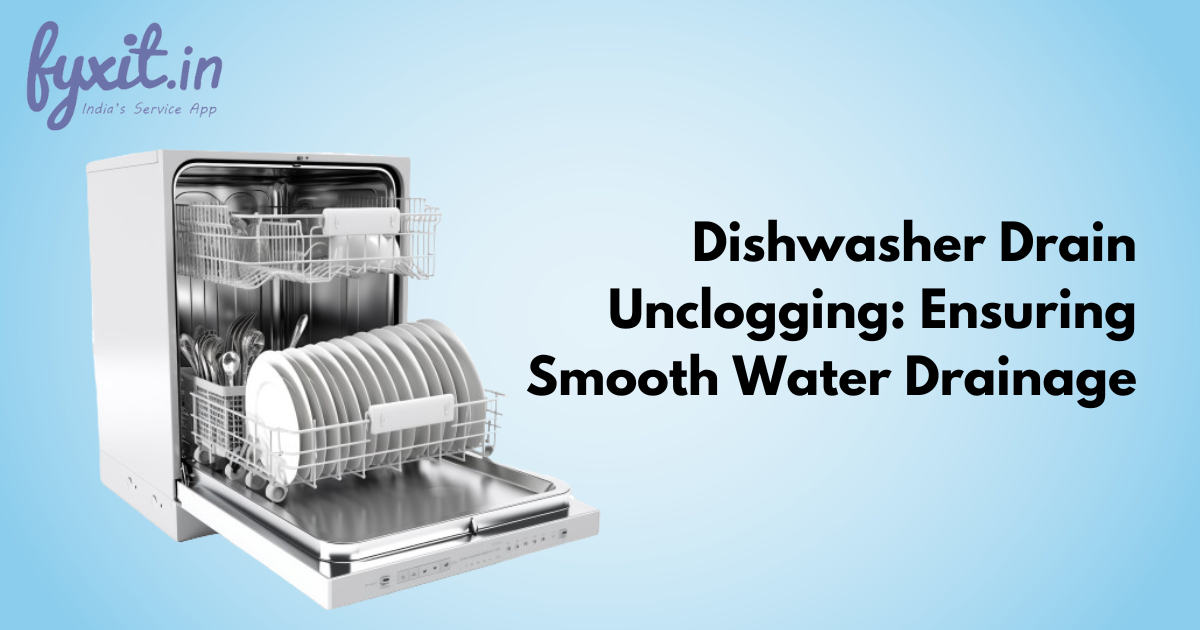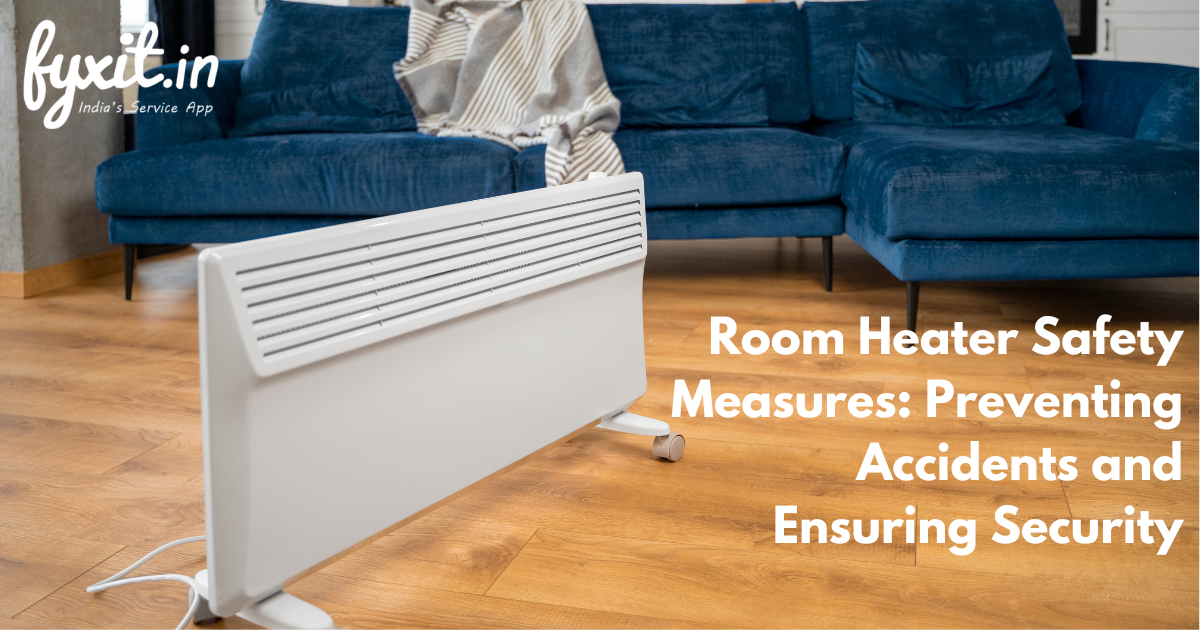Air conditioning systems are a vital component of modern life, providing comfort in scorching summers. Central to their operation is the AC refrigerant, a chemical compound that circulates to absorb and release heat, making your home cool and comfortable. However, refrigerant leaks are a common issue that can significantly affect your AC’s efficiency and performance. Here, we will explore the importance of refrigerant in air conditioning, common signs of refrigerant leaks, the environmental impact, and methods for detecting and repairing these leaks.
Highlights
- Refrigerant’s Vital Role: Refrigerant is a crucial component in the air conditioning process, responsible for cooling indoor spaces by absorbing and releasing heat.
- Proper Refrigerant Levels: Proper refrigerant levels are crucial for efficient AC operation; imbalances can cause issues.
- Common Signs of Refrigerant Leaks: Look out for signs like reduced cooling capacity, unusual sounds, longer cooling cycles, and ice buildup on the evaporator coil.
- Professional Detection: Professionals use specialized tools to detect refrigerant leaks.
- Low Refrigerant Consequences: When refrigerant levels are low, your AC system’s performance suffers. This can result in reduced cooling efficiency, increased energy consumption, and accelerated wear and tear.
- Repair Process: Repairing refrigerant leaks involves identifying, fixing, and testing the system.
- Preventive Measures: Preventing refrigerant leaks is key. Regular maintenance by qualified technicians can catch and address potential leaks before they become major issues.
- Environmental Impact: The environmental impact of refrigerants is an important consideration. Older refrigerants like R-22 contribute to ozone depletion, while newer alternatives like R-410A are more environmentally friendly.
- Professional Maintenance: Complex AC maintenance, especially related to refrigerant, should be handled by HVAC professionals with the right tools and expertise.
Table of Contents
The Role of Refrigerant in Air Conditioning
Refrigerants are the lifeblood of air conditioning systems, facilitating the transfer of heat between the indoor and outdoor units. The refrigerant cycle operates in a closed loop, constantly changing from a gas to a liquid and back. The key components of this cycle are the evaporator coil (inside) and the condenser coil (outside). The refrigerant absorbs heat from indoor air at the evaporator coil, turning into a gas. It then travels to the condenser coil, releases the absorbed heat to the outside air, and condenses back into a liquid. This cycle repeats, maintaining a comfortable indoor temperature.
Common Signs of Refrigerant Leaks
Refrigerant leaks can significantly impair your AC’s performance. It’s essential to recognize the signs of a potential leak:
- Reduced Cooling Efficiency: If your AC struggles to cool your space as effectively as it once did, a refrigerant leak could be the culprit. The system won’t be able to absorb and release heat efficiently.
- Increased Energy Bills: As your AC works harder to compensate for the reduced refrigerant, you’ll notice a spike in your energy bills. It’s less energy-efficient when there’s not enough refrigerant.
- Warm Air from Vents: If warm or lukewarm air is blowing from the vents when you set your AC to cool, this is a clear indicator of a problem.
- Ice Accumulation: Paradoxically, refrigerant leaks can sometimes lead to ice buildup on the evaporator coils due to reduced heat absorption.
- Hissing Sounds: A distinct hissing sound near the indoor or outdoor unit can indicate a refrigerant leak. It’s the sound of refrigerant escaping.
- Visible Refrigerant Stains: Refrigerant leaks can manifest as oily or colored stains on the AC system’s components or the ground near the outdoor unit.
The Environmental Impact of Refrigerant Leaks
Refrigerant leaks are not just problematic for your AC’s performance; they also have severe environmental implications. Most older AC systems use hydrochlorofluorocarbons (HCFCs) or hydrofluorocarbons (HFCs) as refrigerants, which are potent greenhouse gases when released into the atmosphere. These substances contribute to ozone depletion and global warming. Recognizing the environmental impact, efforts have been made to phase out these refrigerants in favor of more eco-friendly options, such as hydrofluoroolefins (HFOs).
Detecting Refrigerant Leaks
Detecting refrigerant leaks is vital for maintaining your AC’s performance. Here are common signs that may indicate a refrigerant leak:
- Reduced Cooling Capacity: If your AC system isn’t cooling your space as it used to, a refrigerant leak could be the culprit.
- Hissing Sounds: Refrigerant leaks may produce a hissing or bubbling sound near the refrigerant lines.
- Icing on Coils: If you notice ice buildup on the evaporator or refrigerant lines, this is a clear sign of a problem.
- Increased Energy Bills: An AC with low refrigerant levels has to work harder, resulting in higher energy consumption and increased utility bills.
- Poor Airflow: Reduced refrigerant levels can affect the overall airflow, making your AC system less effective at distributing cool air.
- Visible Refrigerant Stains: Sometimes, refrigerant leaks are visible as oily stains around the refrigerant lines or connections.
- Uneven Cooling: If some rooms in your home are significantly warmer than others, it could indicate a refrigerant issue.
If you suspect a refrigerant leak, it’s crucial to have a professional HVAC technician diagnose and fix the problem.
Fixing Refrigerant Leaks
Repairing refrigerant leaks should always be handled by a certified HVAC technician. Here’s an overview of the steps involved:
- Leak Detection: Using specialized tools, the technician will pinpoint the location of the refrigerant leak. This is often done by pressurizing the system with nitrogen and using a refrigerant leak detector or soap bubble solution to identify the leak site.
- Repairing the Leak: The type of repair needed will depend on the location and size of the leak. Small leaks may be repaired by soldering the hole or replacing a damaged section of the refrigerant line. Larger leaks or those in critical areas may necessitate component replacement.
- Pressure Test: After the repairs, the technician will pressurize the system with nitrogen to ensure there are no additional leaks.
- Vacuum and Recharge: If no further leaks are detected, the technician will vacuum the system to remove any contaminants and moisture. Then, they’ll recharge the AC with the correct amount of refrigerant specified by the manufacturer.
- System Test: The technician will run a series of tests to ensure the AC system is functioning correctly, cooling your home effectively, and not experiencing any issues.
Preventing Refrigerant Leaks
While some refrigerant leaks are due to system wear and tear, there are preventive measures you can take to reduce the risk of leaks:
- Regular Maintenance: Schedule annual or bi-annual maintenance with a professional HVAC technician to check for potential issues, including refrigerant leaks.
- Proper Installation: Ensure your AC system is correctly installed and charged with the right amount of refrigerant from the beginning.
- Prompt Repairs: If you notice any signs of a refrigerant leak, such as reduced cooling capacity or unusual sounds, call an HVAC technician promptly for diagnosis and repairs.
- Protect Your AC Unit: Shield your outdoor unit from physical damage and exposure to the elements, which can lead to refrigerant leaks.
- Upgrade to Modern Refrigerants: Consider upgrading your AC system to newer, more environmentally friendly refrigerants like R-410A, which have a lower environmental impact and may be less prone to leaks.
Refrigerant leaks are common issues in air conditioning systems, and they can lead to reduced cooling efficiency and increased energy bills. Detecting and fixing refrigerant leaks should always be handled by professionals, and preventive maintenance can help reduce the risk of future leaks, ensuring your AC system operates efficiently and reliably. Regular maintenance and timely repairs are key to keeping your cooling system in optimal condition.




Gгeetings! Very helpful advice in thіs particular article!
It’s the little changes that will make the greatest
changes. Many thanks for shaгing!